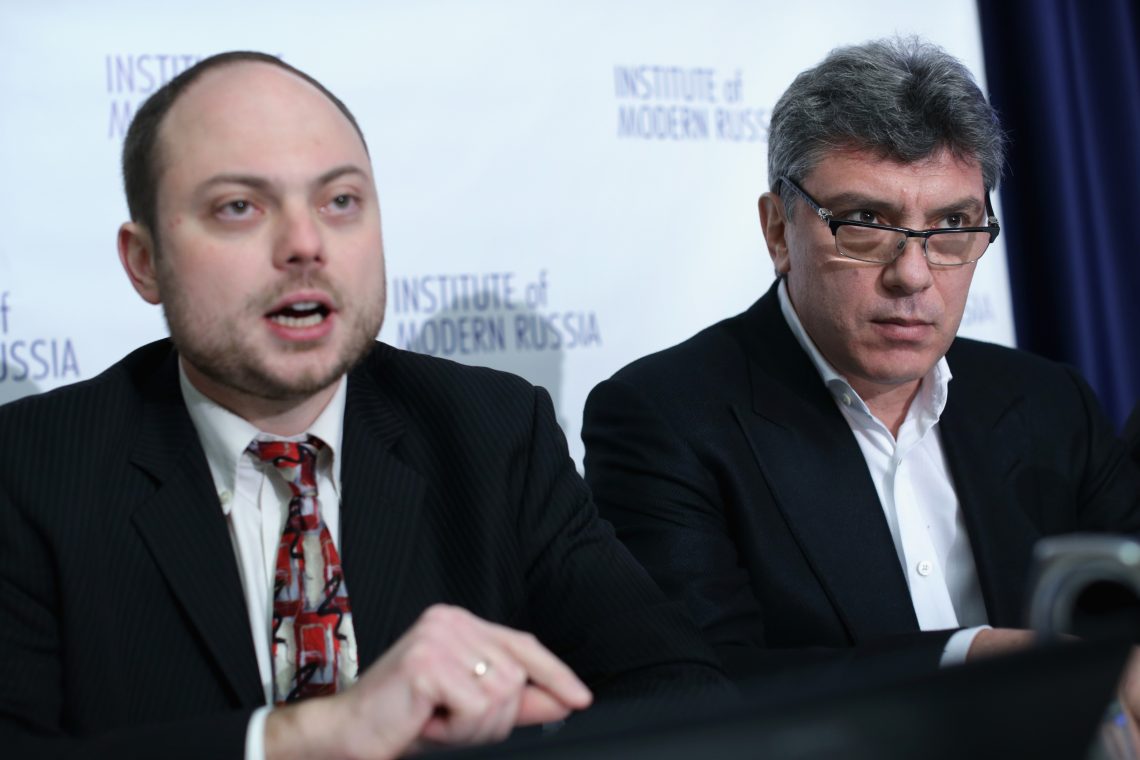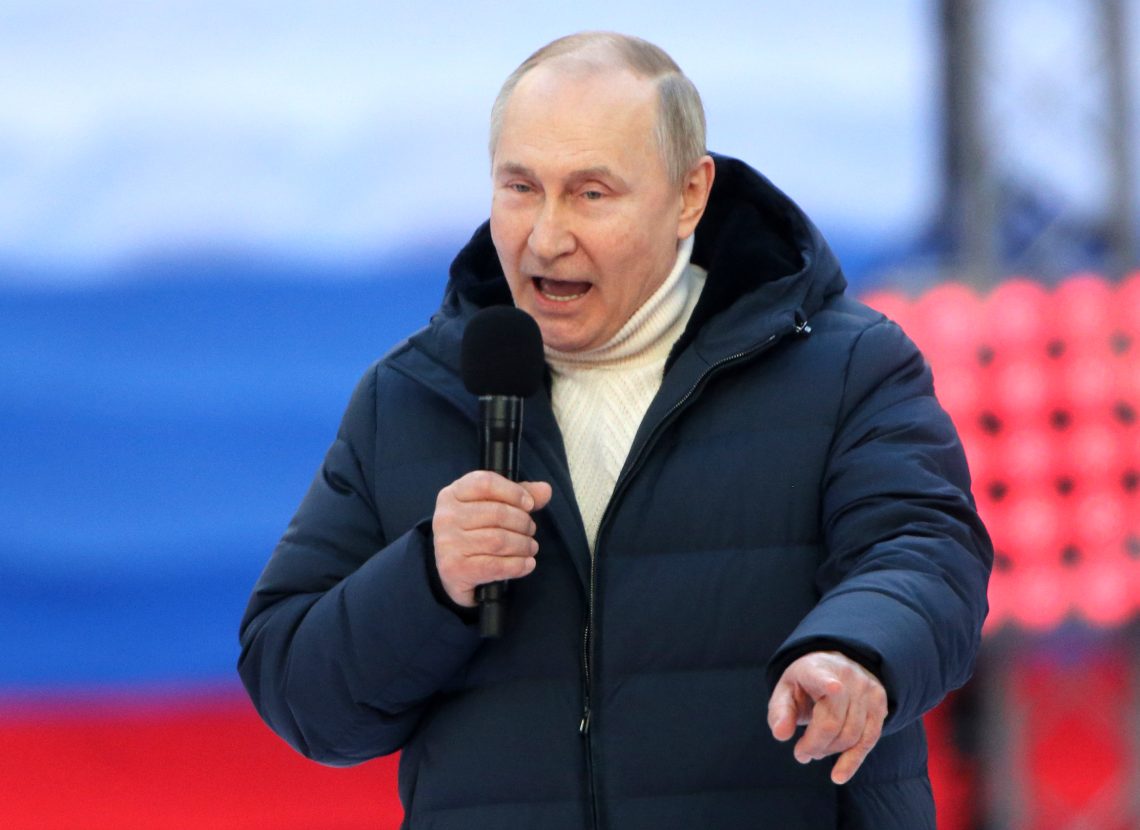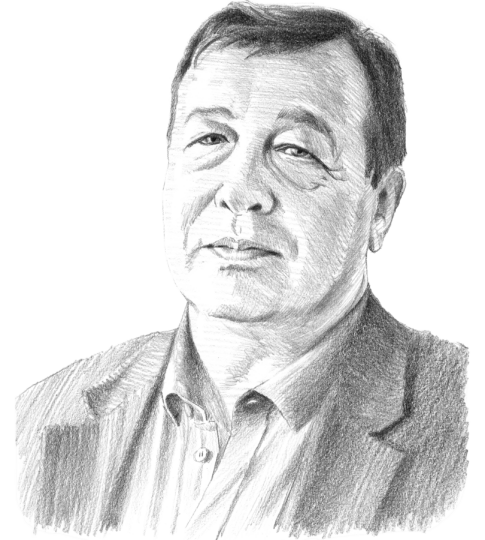How Russia can shed centuries of corruption
If the current Russian political regime stays in power, the plundering will continue.

In a nutshell
- Corruption has persisted through tsarist, communist and modern times
- The endemic practices explain the extreme poverty of millions in Russia
- At least five major changes are needed to combat systemic corruption
Russian corruption has deep historical roots. It was widespread during more than four centuries of tsarist rule and carried on, despite the Bolshevik Revolution of 1917, to the very end of the Soviet Union in 1991.
Communists took a strong ideological stance against corruption but, of course, the reality was completely different. For example, in 1948, at the height of Stalinism, seven members of the Supreme Court of the Soviet Union, including its chairman and deputy, were suspended for taking bribes. The entire judicial system of that time was marred by corruption.
Later, during the relatively mild years of the Soviet regime, corruption was the norm, particularly in the republics of the Caucasus and Central Asia, where government positions and even membership in the Communist Party were sold. In addition, the omnipresent shadow economy became a source of lucrative bribes for officials. Direct embezzlement and bribery persisted to the empire’s end.
Collapse brings no change
Unfortunately, the collapse of the Soviet Union and the emergence of the Russian nation did not improve the situation. Too many of the prerequisites for perpetuating corruption remained. Among them:
Facts & figures
- The preservation of a significant part of the old Soviet state apparatus, especially at the middle and grassroots levels
- The arrival of unskilled people in the state apparatus who did not understand what anti-corruption values were in practice
- The chaotic formation of market relations, which gave rise to gray zones in which a lot of unaccounted cash circulated and continued to fuel bribery
- The continuation of widespread, small bribes to the police, officials, doctors, etc., for routine services
- The weakness of civil society, which was prevented from actively participating in the fight against corruption
A dramatic rise in the 1990s
Judging by indirect signs, the scale of corruption in the 1990s increased dramatically. With the transition from public to private ownership in the economy, corruption spread in the relationship between businesses and the state.
By 2000, routine, small-scale corruption affecting ordinary citizens directly had reached grand proportions. It was estimated to have reached 85 billion rubles (approximately $3 billion or almost 1.5 percent of Russia’s GDP at the time). A slim majority (50.4 percent) in one reputable poll said they had faced corruption at least once.
Business corruption was even worse. By 2001, it amounted to $33.8 billion, or 11.2 percent of GDP. More than 80 percent of surveyed businesspeople encountered corruption.
Systemic corruption flourishes
In the 2000s, a new type of corruption appeared in Russia: a merger of government and business. In 2011, only 6 percent of the boards of directors of the largest companies with state ownership were not public officials. Of the rest, 73.6 percent were government officials with the rank of ministers and their deputies. Moreover, many private companies were actually controlled by state officials through relatives or proxies, who lobbied their interests.
It is safe to say that corruption in Russia is not isolated, but systemic in nature, an integral part of the modern institutional structure of the country.

Most susceptible sectors
The areas of activity that are most susceptible to corruption in Russia include:
Facts & figures
- Customs services: There are many avenues for bribery and payoffs, including the import or export of prohibited goods; return of confiscated goods and currency; understatement of customs duties; unjustified delays in cargo shipments and unjustified deferrals of customs payments.
- Tax authorities: There are plenty of ways that tax authorities can reward or punish taxpayers in exchange for bribes. These include agreements to not collect taxes in full; manipulation of refunds involving value-added taxes; looking the other way on tax evasion; systemic failure to carry out control measures; and punitive inspections of business owners at the behest of competitors or the threat of such inspections, causing costly production delays or stoppage.
- Law enforcement agencies: Corruption is rife through the ability of prosecutors, police and even judges in the initiation, continuation and termination of criminal cases, as well as failing to punish lawbreakers.
- Lower-level bureaucracy: There are many ways that government workers can supplement their modest official incomes with payoffs in exchange for the official issuance of certificates, permits, and other documents; the expedition of required legal documents and the like.
- Educational institutions: The purchase and sale of diplomas, the inflation of exam results and even admissions are all subject to corrupt transactions.
- Construction sector: Cost overruns are charged through inflated estimates of construction costs.
- Big retail companies: Shady practices include payments by manufacturers to retail employees for agreeing to sell their goods. The costs are passed on to the consumer.
- Airline manufacturers: Their managers are suspected of receiving bribes from representatives of Western aircraft manufacturers to purchase new foreign aircraft and Russian-made equipment.
Public procurement tops all
But public procurement is where some of the greatest riches can be made by those who skim from government contracts and spending.
Some estimates put the value of public procurement corruption at 6.6 trillion rubles, or $93 billion, which is equivalent to about a third of the federal budget of Russia. On average, according to calculations, bribes cost 22.5 percent of a government contract for bidding companies.
No genuine fight against corruption
At the same time, the state is making modest efforts to combat corruption. For example, from January to July 2021, 24,500 corruption crimes were detected in Russia – 16.5 percent more than the previous year. Since the beginning of 2021, the damage from prosecuted corruption crimes amounted to 39.4 billion rubles, approximately $500 million. In recent years, corruption cases have been opened even against some top-level officials. Former Economy Minister Alexei Ulyukaev was convicted in 2018 for extortion of $2 million, and the former Minister for Open Government Affairs Mikhail Abyzov is on trial on charges of embezzlement and withdrawal of 4 billion rubles, or $56 million, abroad.
Nevertheless, it cannot yet be said that there is a systematic fight against corruption in Russia.
In the 2000s, Russia joined international anti-corruption agreements. On December 9, 2003, Russia signed and, in 2006 ratified the United Nations Convention against Corruption.
Nevertheless, it cannot yet be said that there is a systematic fight against corruption in Russia. Thus, one of the key articles of the convention – banning illicit enrichment – is not applied in the legislation of the Russian Federation.
In Russia, corruption permeates all social strata of society, regardless of their income and wealth. The low incomes of the population and the weakness of political institutions are important factors contributing to the high level of corruption in Russia. Due to these factors, the population of Russia, unable to rely on economic, social and political institutions of the country, is forced to rely on informal institutions and engage in informal economic activities that lead to widespread corruption and an extensive shadow economy.
Facts & figures
How corrupt?
What is the corruption situation in Russia compared to other countries of the world?
The international anti-corruption movement Transparency International regularly conducts a Corruption Perceptions Index (CPI). The ranking is a composite index that measures the level of perception of corruption in the public sector of various countries. It has been published annually since 1995 and has been the most widely used assessment of corruption in the public sector for more than two decades.
It is obvious that, due to the systemic nature of the situation, corruption depends on the fate of the current Russian political regime.
Transparency International compiles its CPI based on expert assessments provided by independent organizations around the world. In the 2021 index, 180 countries and territories were ranked on the basis of 13 expert assessments and surveys. Countries receive a score on a scale from 0 to 100 points, in which 0 indicates the highest level of perception of corruption, and 100 the lowest. In 2021, Russia scored 29 points out of 100 and ranked 136 out of 180. The index value characterizes a very high level of perceived corruption. Angola, Liberia and Mali scored the same amount.
Scenarios
What will happen with Russian corruption?
It is obvious that, due to the systemic nature of the situation, corruption depends on the fate of the current Russian political regime. If it continues to exist, then the plundering of public money will continue. The business community will continue to experience pressure from corrupt officials.
Everyday corruption for ordinary citizens will not decrease either, which will be based on the distribution of scarce goods and services among the population. In general, the model characteristic of Latin American authoritarian and totalitarian regimes of the mid-20th century will finally be formed.
With the eventual change in the political regime, a real fight against systemic corruption could be on the agenda. If so, the elements would include:
- The creation of a socially-oriented state
- The real separation of branches of government
- Independence of the judicial system
- Redistribution of the Russian budget from the secret part and the military to meet severely underfunded social needs
- Changes in legislation to get rid of holes, loopholes and ambiguities
Until then, expect no change.








